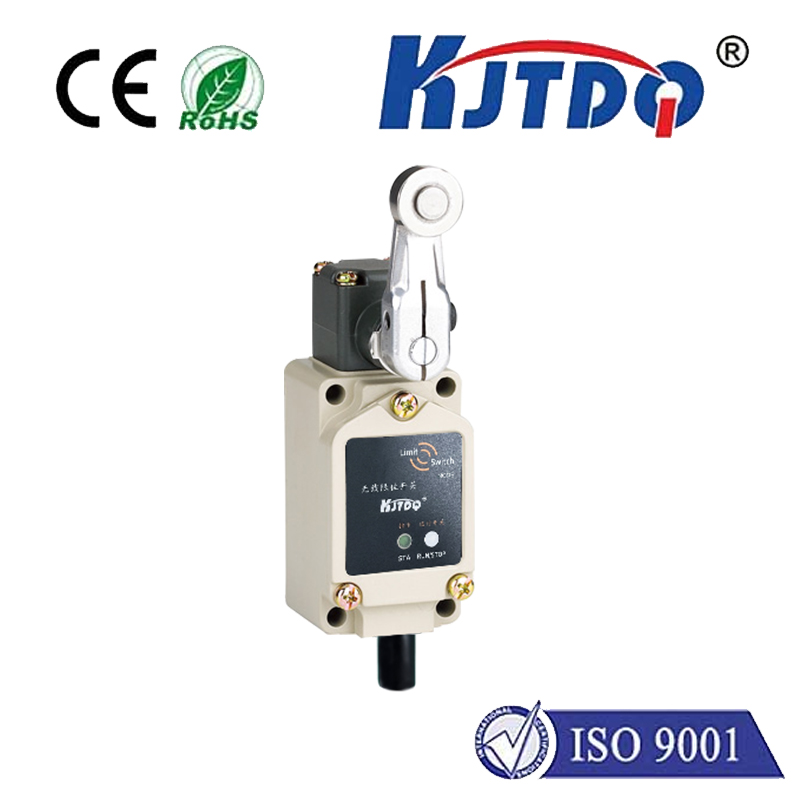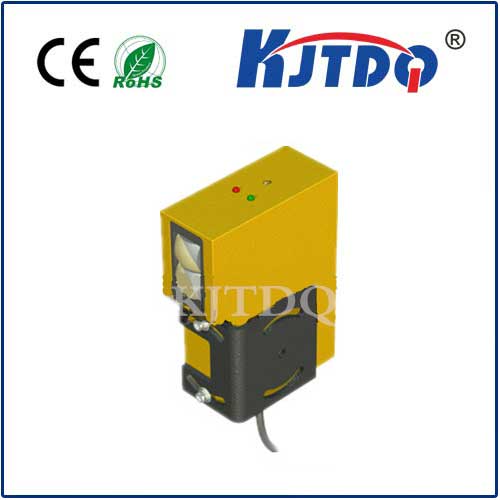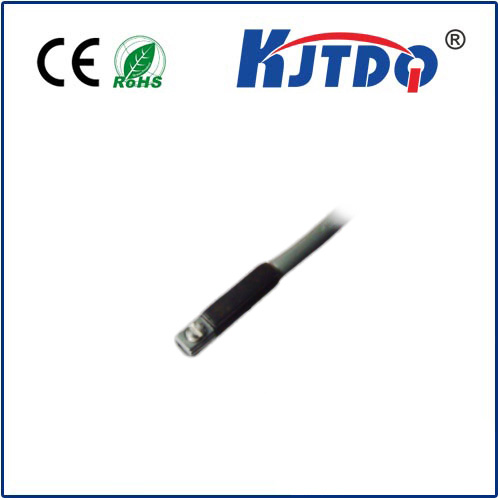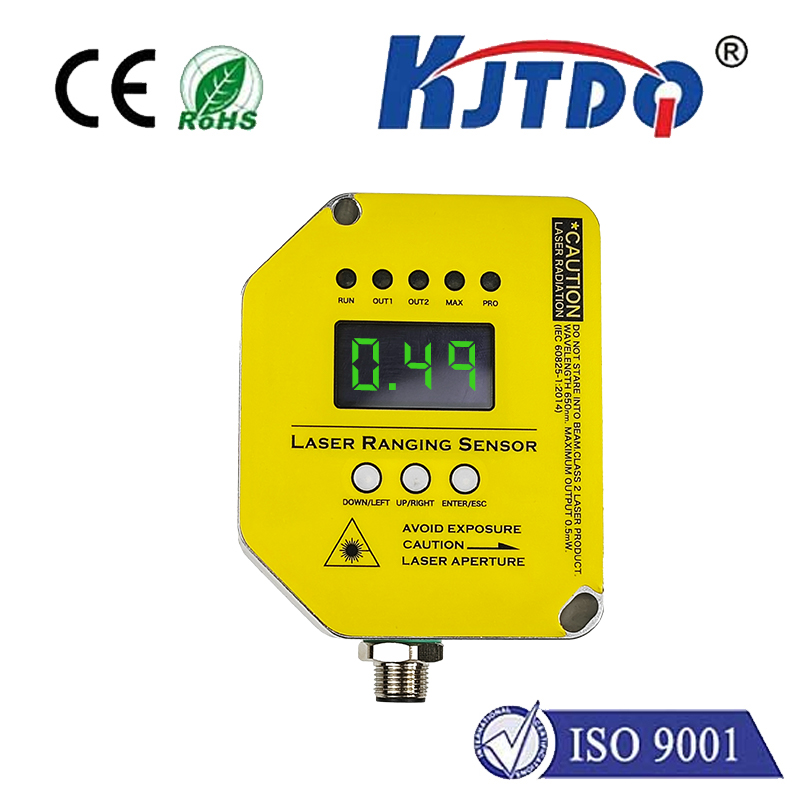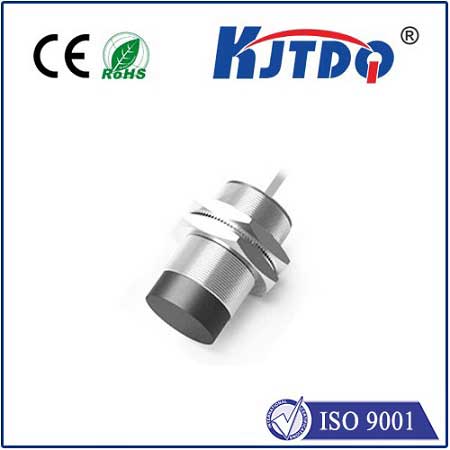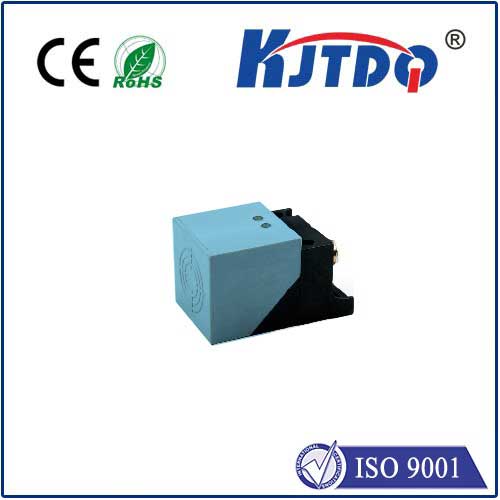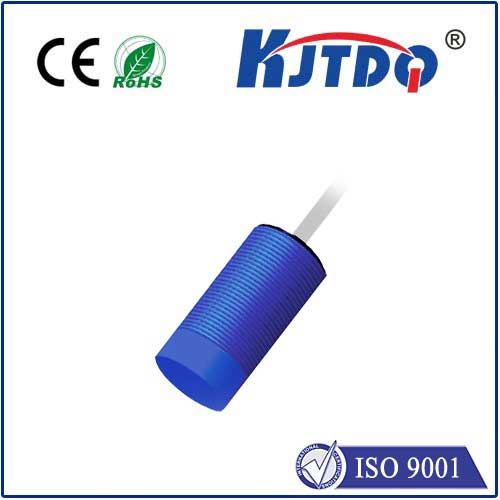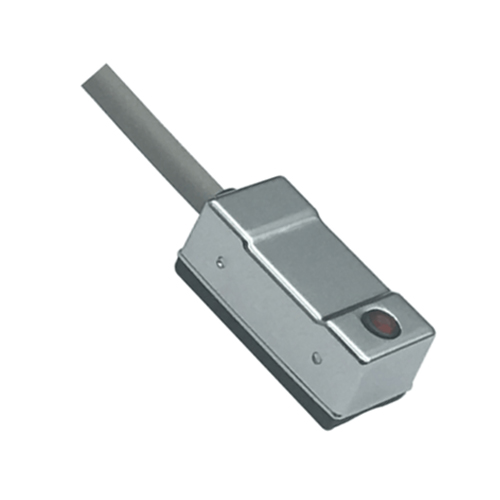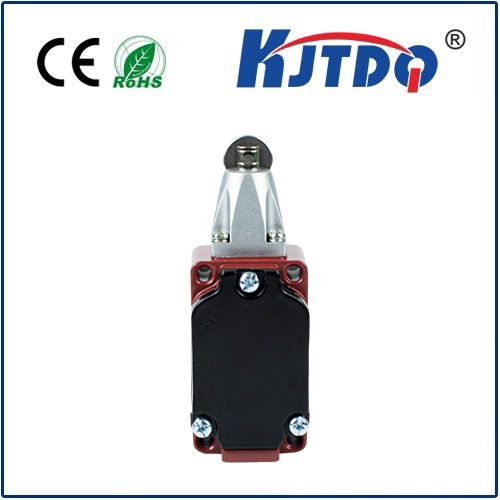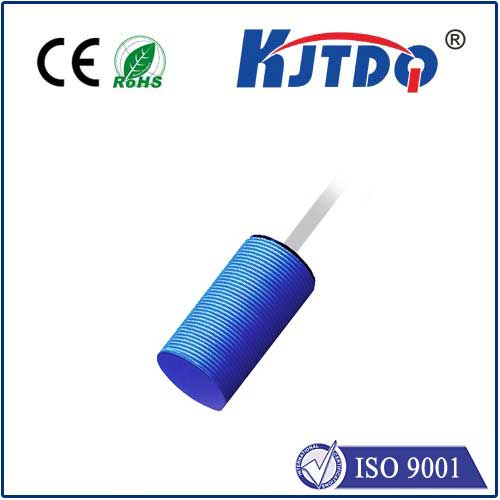

check

check

check

check
Laser Particle Sensors: Revolutionizing Air Quality Monitoring
The advent of laser particle sensors has brought about a paradigm shift in the way we monitor and assess air quality. These sophisticated devices employ cutting-edge technology to detect and measure microscopic particles suspended in the air, providing accurate and real-time data that is essential for maintaining healthy indoor environments. In this article, we will delve into the workings of laser particle sensors, their applications, and their impact on air quality monitoring.
Working Principle of Laser Particle Sensors

At the heart of a laser particle sensor lies a powerful laser diode that emits a focused beam of light. As airborne particles pass through this beam, they scatter the light in various directions. The scattered light is then detected by a photodetector, which converts it into an electrical signal. This signal is processed by an onboard microcontroller, which calculates the size, concentration, and velocity of the particles based on the intensity and pattern of the scattered light.
Applications of Laser Particle Sensors
Laser particle sensors have found widespread use in a variety of settings, including hospitals, cleanrooms, pharmaceutical manufacturing facilities, and research laboratories. In hospitals, these sensors are used to monitor airborne contaminants such as bacteria, viruses, and fungal spores, helping to prevent the spread of infectious diseases among patients and staff. In cleanrooms and pharmaceutical facilities, laser particle sensors ensure that the air remains free from contamination, thereby safeguarding the integrity of sensitive processes and products. Researchers also rely on these sensors to study airborne particulate matter, its sources, and its potential health effects.
Impact on Air Quality Monitoring
The advent of laser particle sensors has significantly enhanced our ability to monitor air quality with precision and accuracy. Unlike traditional methods that rely on manual sampling and laboratory analysis, these sensors provide continuous, automated monitoring of airborne particles in real-time. This allows for immediate action when particle concentrations exceed safe limits, thereby preventing exposure to harmful pollutants and ensuring compliance with regulatory standards. Furthermore, the data generated by laser particle sensors can be used to identify trends and patterns in air quality, enabling targeted interventions to address specific issues and improve overall indoor air quality.
Conclusion
In conclusion, laser particle sensors represent a major breakthrough in air quality monitoring technology. Their ability to detect and measure microscopic particles with high precision and accuracy has revolutionized the way we assess indoor air quality. From hospitals to cleanrooms and beyond, these innovative devices are playing a crucial role in protecting public health and improving the environment around us. As the demand for clean air continues to grow, laser particle sensors will undoubtedly remain at the forefront of air quality monitoring solutions.
